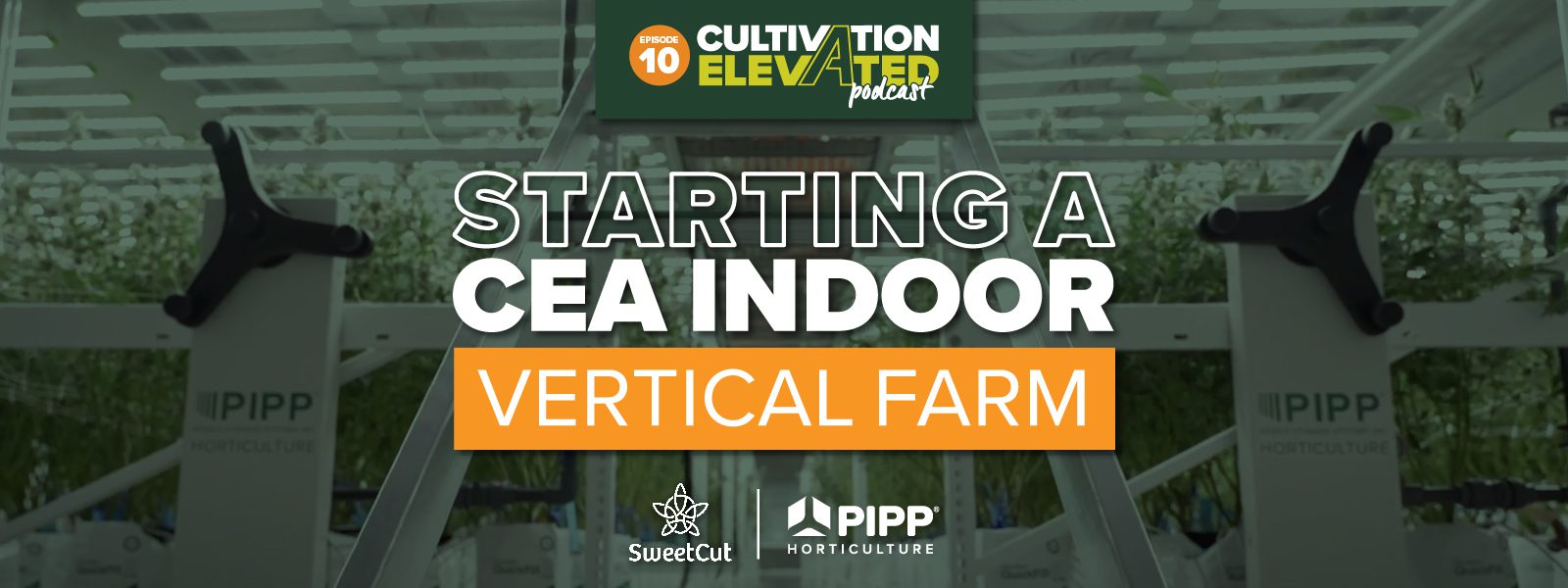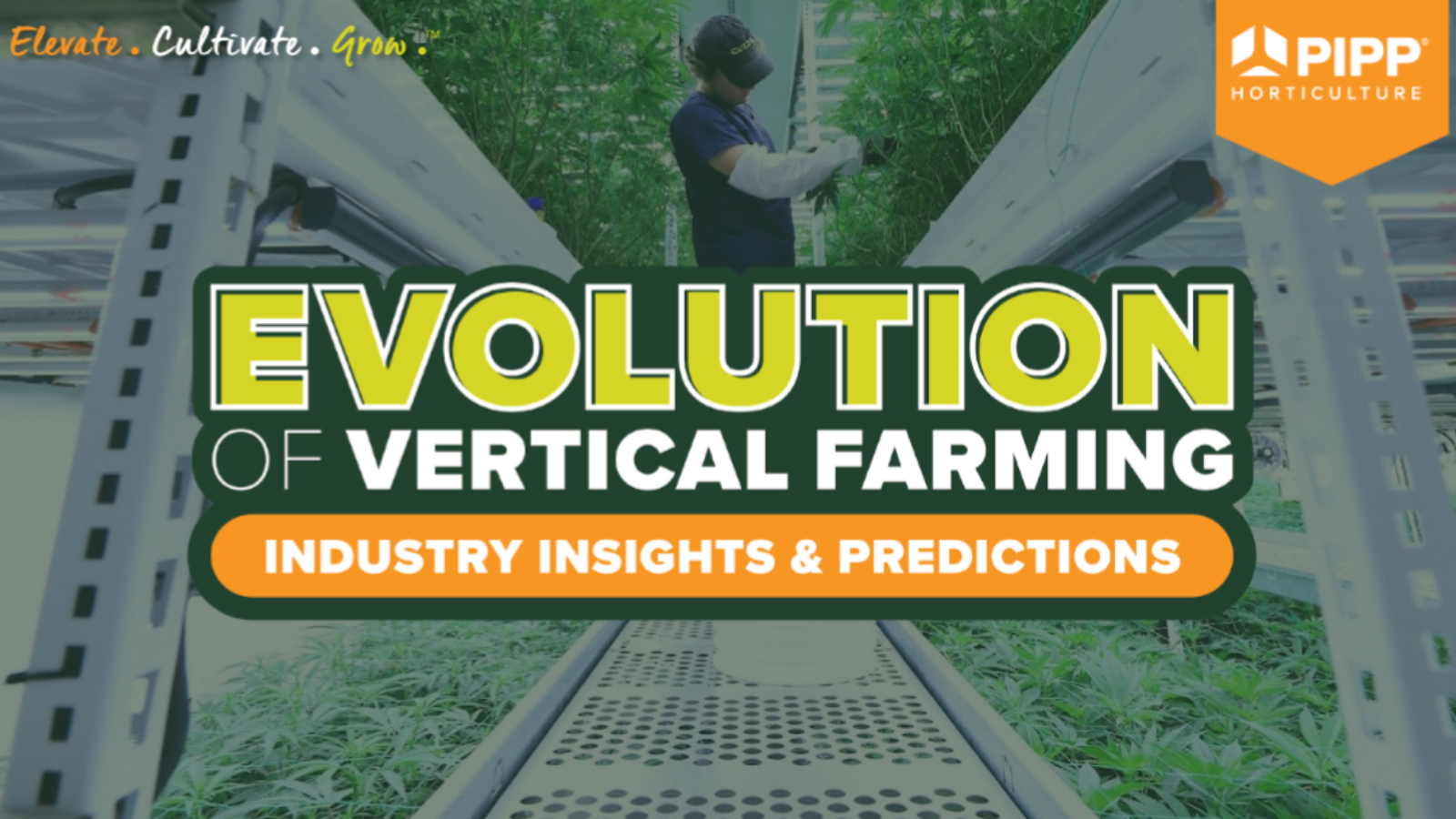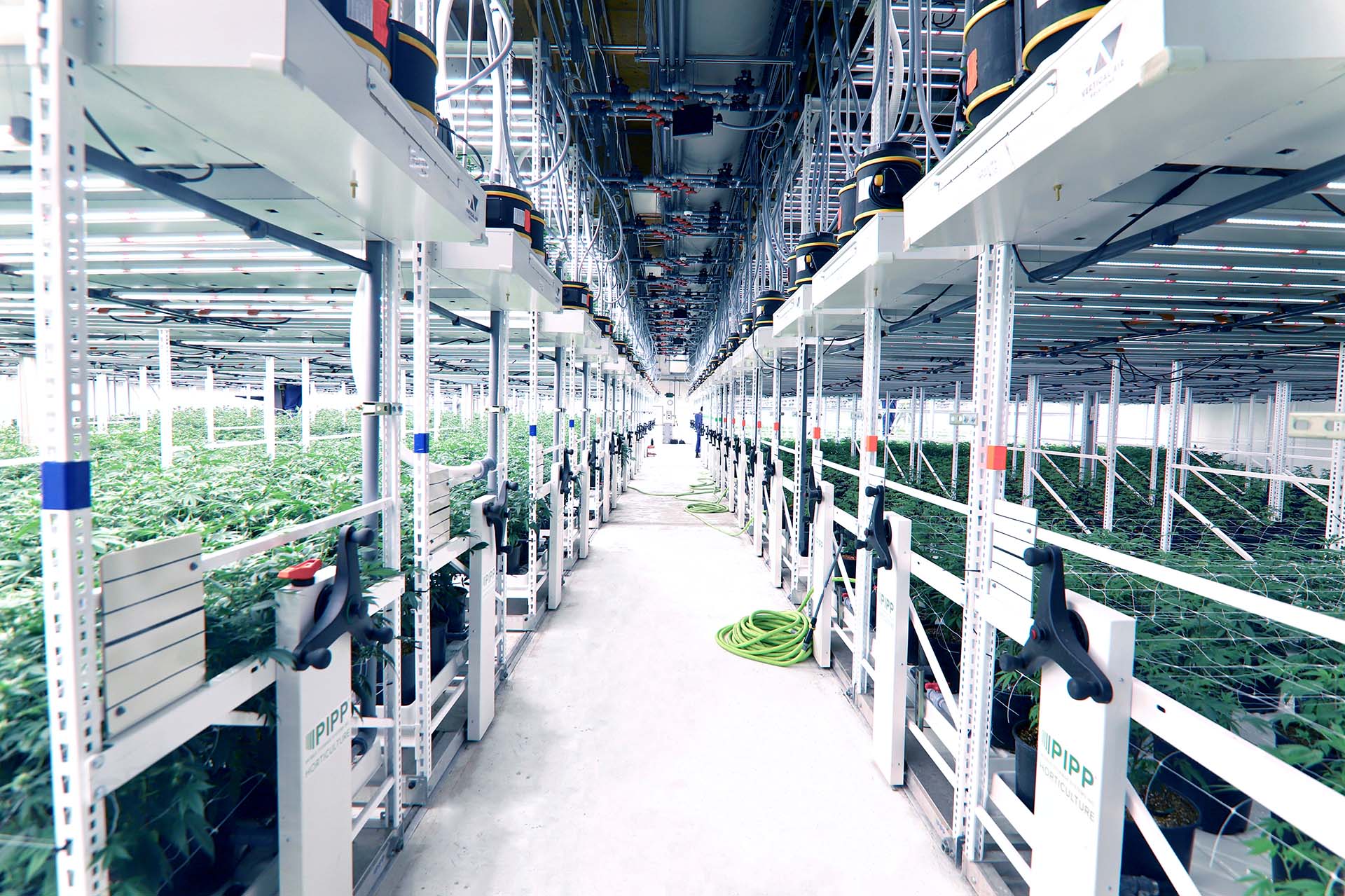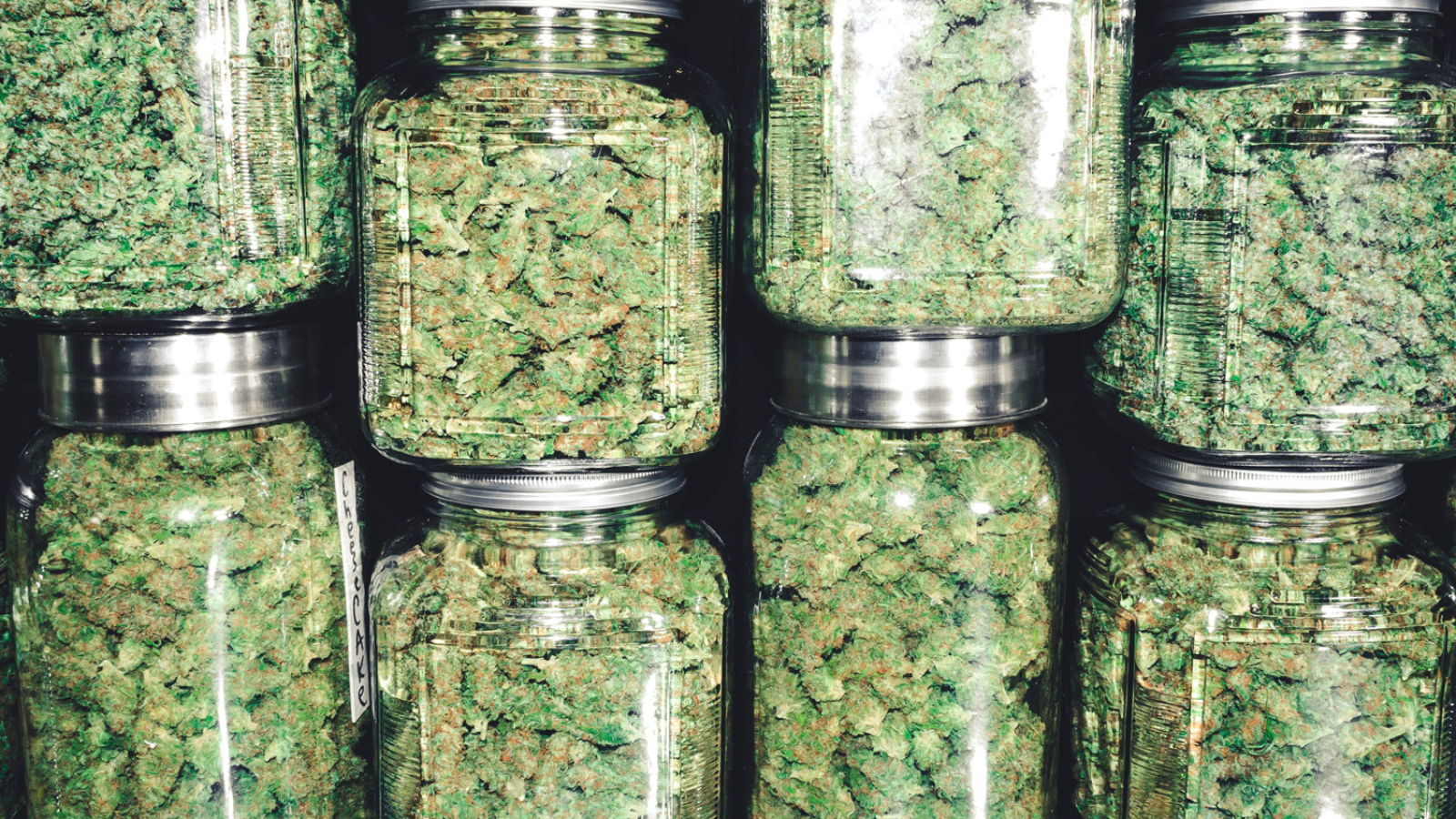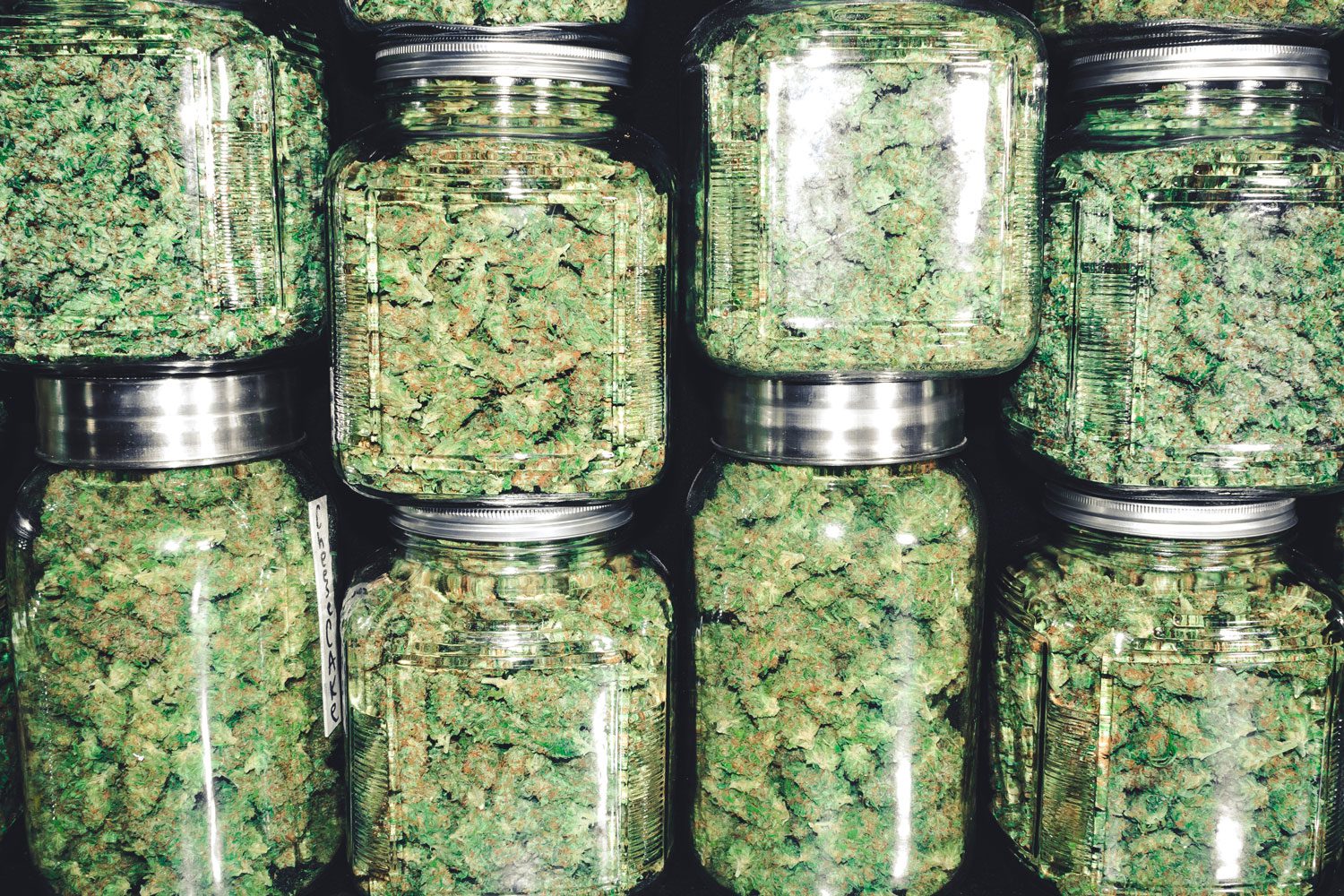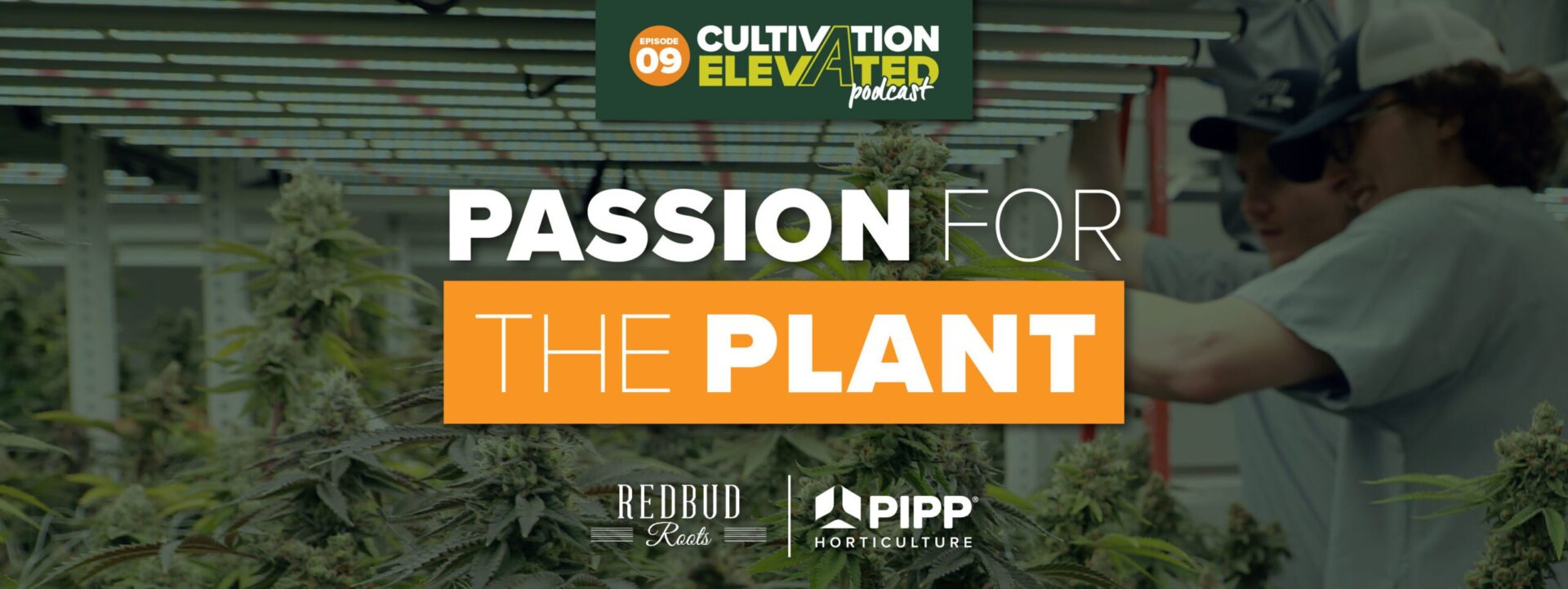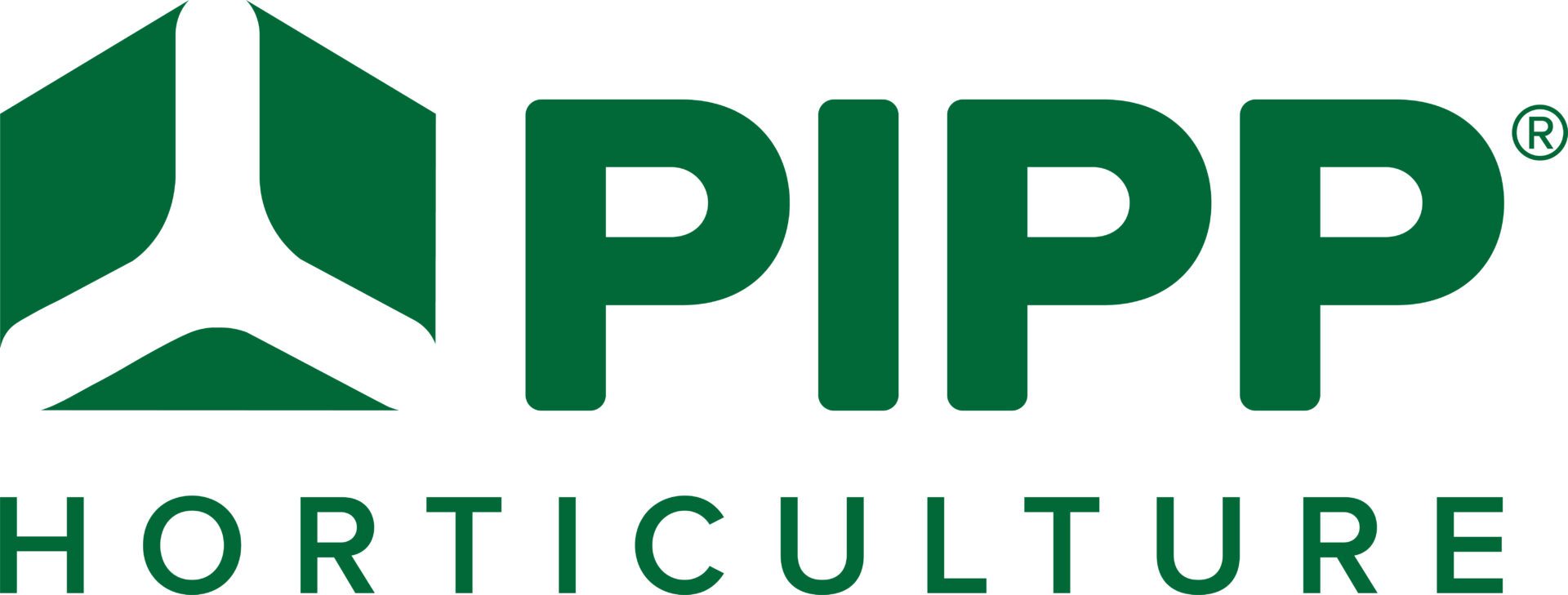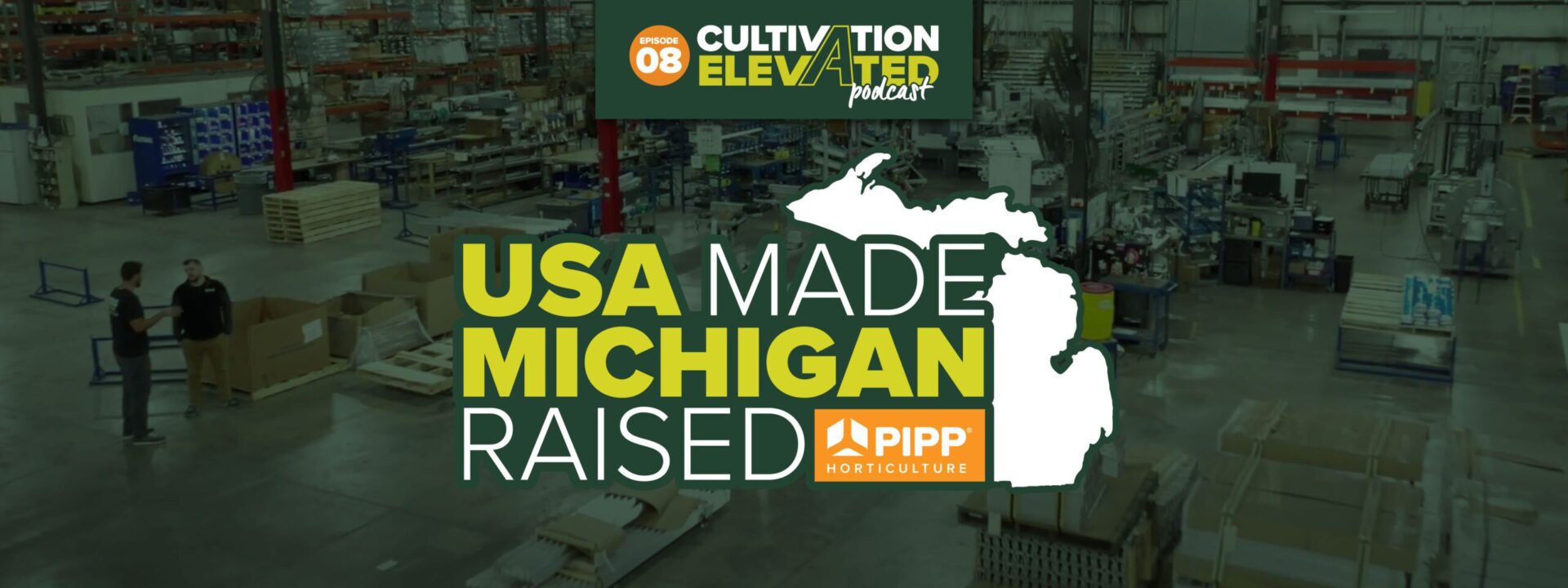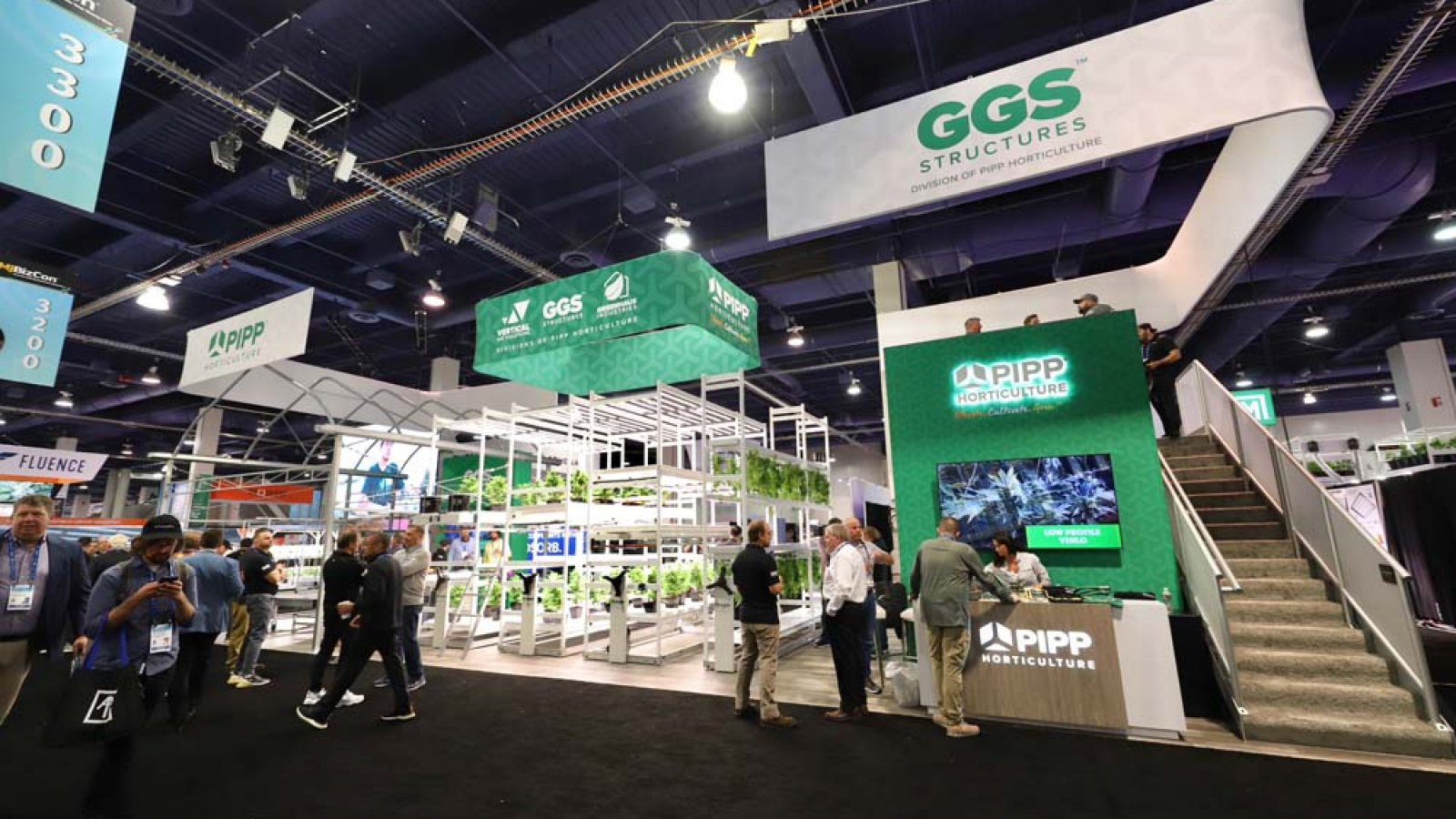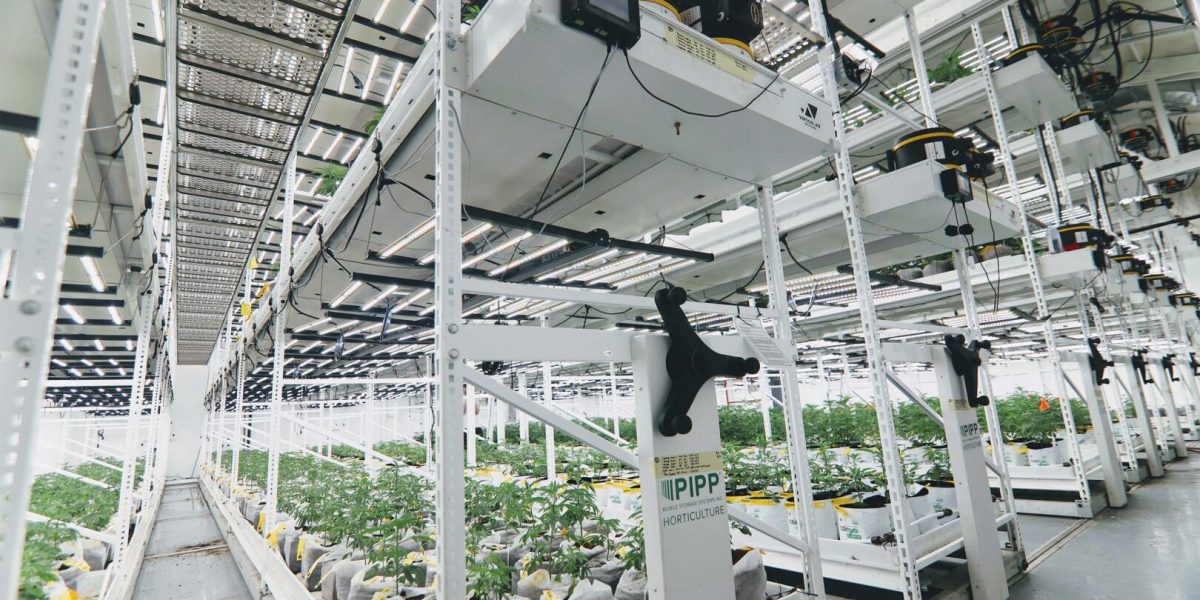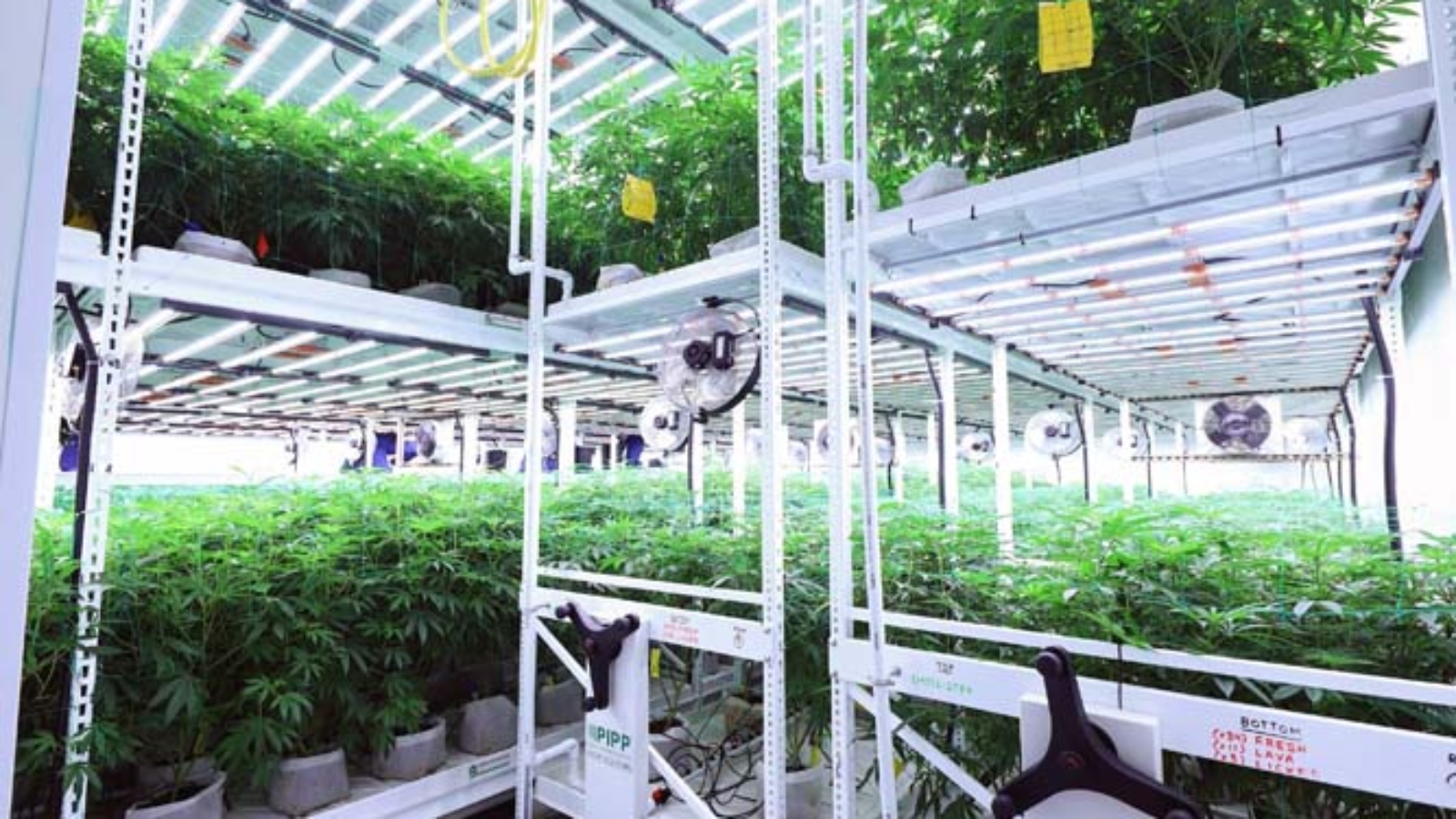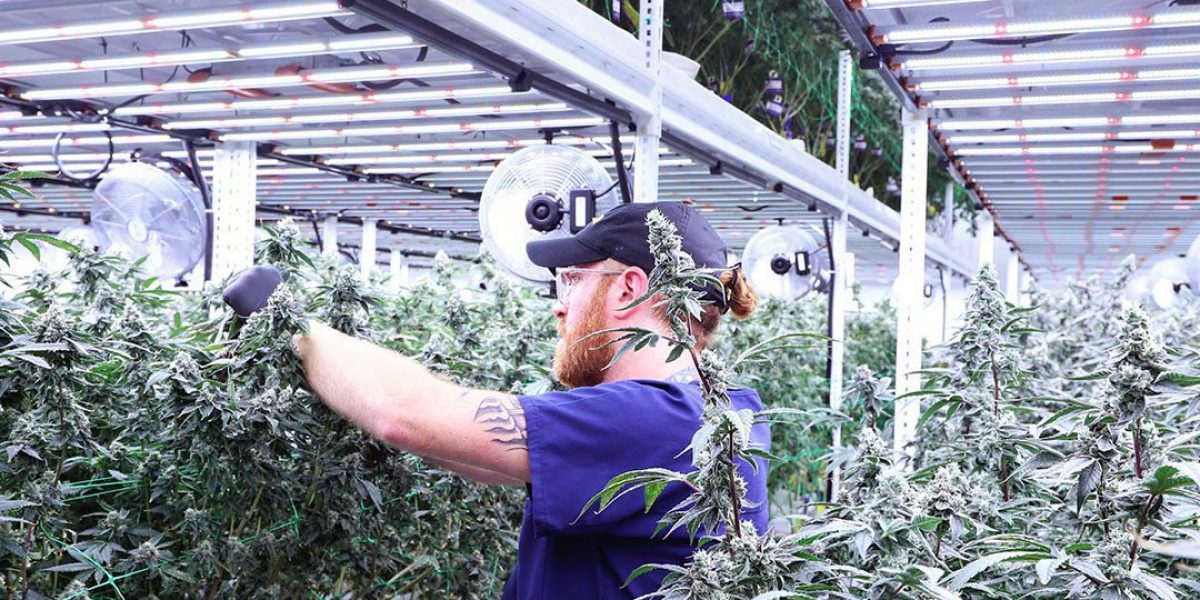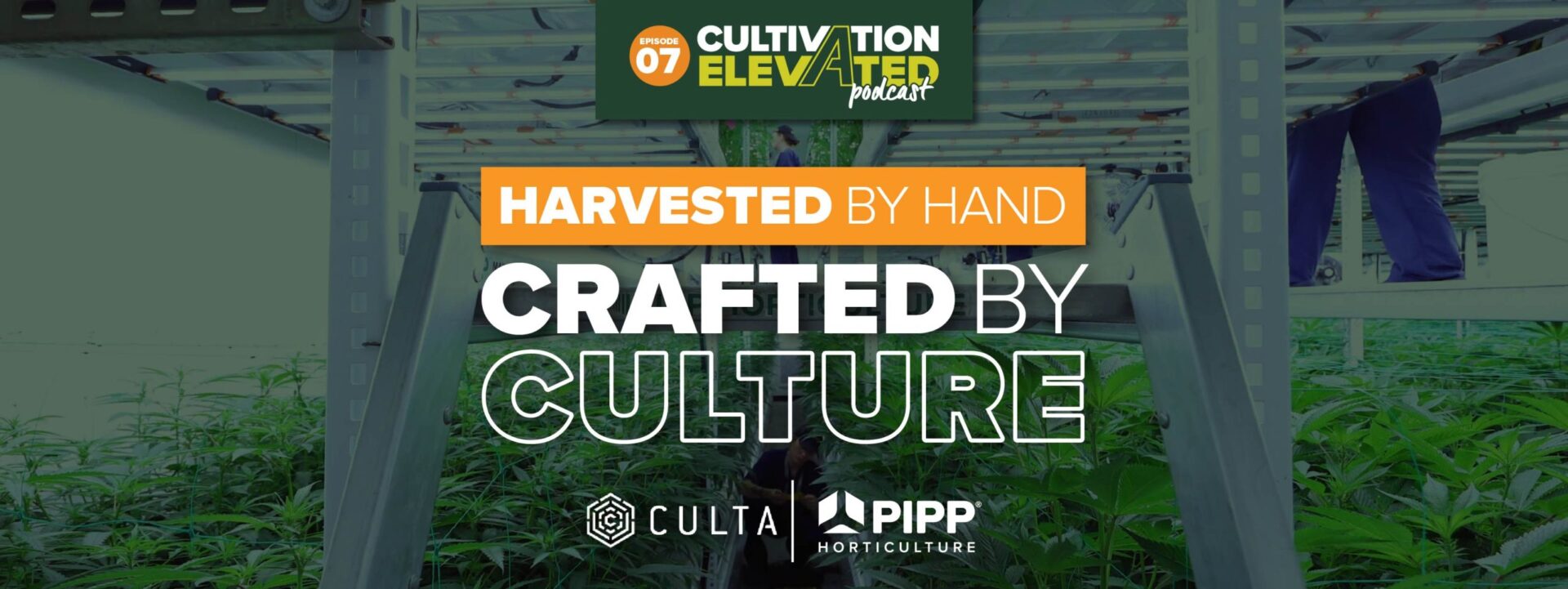Drying Racks: The Secret To High-Quality, Potent Cannabis
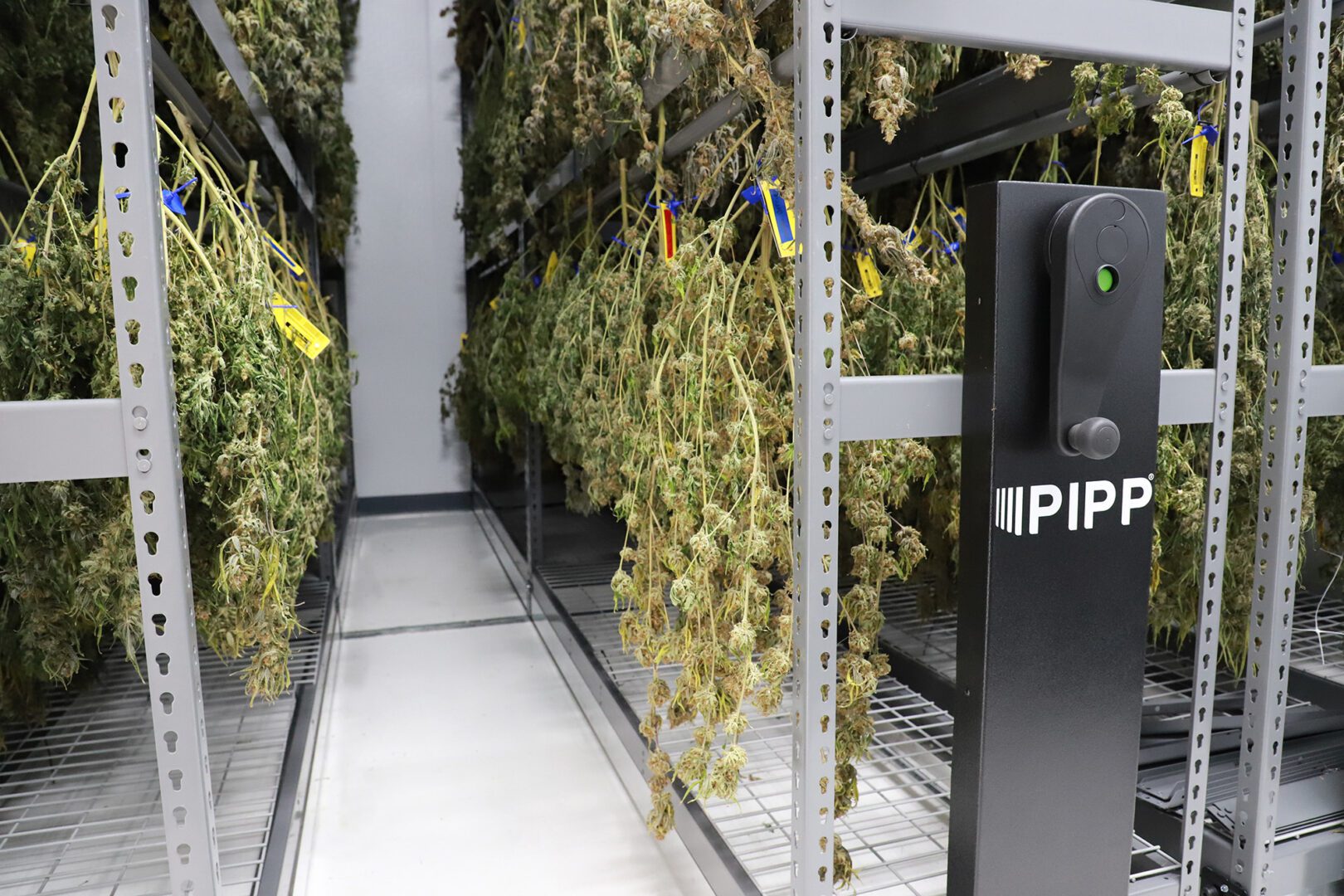
The Importance of Using Drying Racks
As a cannabis grower, maintaining the quality and potency of your cannabis product is essential to success. Many factors can affect the final product, including humidity level, temperature, and airflow.
One overlooked aspect of the process is the use of drying racks. Below, we will explore the importance of drying racks in maintaining the quality and potency of your cannabis crop and how Pipp Horticulture is leading the way in providing growers with the best drying racks and carts.
Why Proper Drying and Curing Is Important
When growing high-quality cannabis, proper drying and curing are essential steps that you cannot overlook. Drying and curing are the final stages of the cultivation process and can significantly impact the final product’s overall quality and potency. Proper drying and curing are crucial for a few reasons:
Preservation of Potency:
Drying and curing cannabis flowers preserves the potency of the cannabinoids, such as THC and CBD, which are responsible for the desired effects of cannabis.
Improved Flavor and Aroma:
Properly dried and cured cannabis has a better flavor and aroma due to the release of terpenes, which are responsible for the unique scent and taste of different strains.
Increased Shelf Life:
Properly dried and cured cannabis has a longer shelf life, essential for growers who need to store their product for extended periods.
How Drying and Curing Affect the Final Product
Drying and curing impacts the final product’s potency, flavor, and quality. The controlled removal of moisture from the buds during the drying process helps to preserve the cannabinoid and terpene content while minimizing degradation. If the buds are not dried properly, the remaining water can lead to mold growth, which can be a health risk and prevent the product from being sold on the market.
Curing is the process of storing dried cannabis in a controlled environment to further develop its flavor and aroma. Curing allows the remaining moisture to distribute evenly throughout the buds, leading to a smoother smoking experience and a better taste. If the buds do not cure properly, they can become too dry and brittle, negatively affecting the final product’s quality.
Common Mistakes to Avoid
There are a few things that growers must be mindful of during the drying and curing process, which can lead to a lower-quality final product. Here are some things to avoid:
Drying Too Quickly:
If the buds are dried too quickly (<7 days), it can lead to a harsh, grassy taste and an unpleasant aroma.
Drying in Direct Sunlight:
Drying cannabis in direct sunlight can lead to a loss of potency and reduced flavor.
Not Curing for Long Enough:
If cannabis does not cure sufficiently, the taste and aroma may not fully develop.
Not Properly Sealing Containers:
If cannabis is not in an airtight container, it can become too dry or moldy.
Benefits of Using Drying Racks for Improving Flavor and Aroma
The proper drying and curing process not only ensures the potency and terpene content of cannabis but also enhances the flavor and aroma profile. Drying racks play a vital role in improving the flavor and aroma of cannabis. Here are some of the benefits of using drying racks for enhancing flavor and aroma:
1. Slow and Even Drying
Using drying racks helps to dry cannabis buds slowly and evenly, which is essential for preserving the natural flavors and aromas of the plant. Slow drying allows the plant to slowly break down the chlorophyll and other pigments, resulting in a smoother smoke and better flavor.
4. Improved Shelf Life
Using drying racks helps to improve the shelf life of cannabis by ensuring that it is properly dried and cured. Properly dried and cured cannabis can last for months or even years without losing its flavor or potency, making it a valuable investment for growers.
2. Prevents Mold and Mildew
Drying racks help to prevent mold and mildew growth during the drying process. Mold and mildew can destroy the flavor and aroma of cannabis, and using drying racks ensures proper airflow and prevents moisture buildup, which reduces the risk of mold and mildew.
5. Enhanced Curing Process
After drying, cannabis buds require curing, which involves storing them in airtight containers allowing them to mature and develop their flavor and aroma profile. Drying racks provide an excellent surface area for curing and help to enhance the process, resulting in a smoother and more robust flavor.
3. Retains Cannabinoids and Terpenes
The cannabinoids and terpenes are in the trichomes on the surface of the buds. Drying racks help to retain the cannabinoids and terpenes that give cannabis its unique flavor and aroma.
Pipp Horticulture’s Drying Racks
Pipp Horticulture’s Mobile Drying Racks are a leading solution for drying cannabis that offers many features to improve the quality of the final product. Let’s take a closer look at some of these features:
Product Features:
Cost-Efficient Drying Method: Pipp Horticulture’s drying racks offer a cost-efficient way of drying cannabis plants, which helps reduce labor costs and improve overall efficiency.
Adjustable Height: Standard racks are available up to 15′ high, allowing growers to adjust the size of their drying racks to suit their needs. Taller racks are available with engineering approval.
Gray Powder Coating: Pipp Horticulture’s Dry/Cure Room Rivet Racks come with a gray powder coating, which provides an added layer of protection against wear and tear. It is important to note that the powder coating is not antimicrobial or fungal-resistant.
White Powder Coating: Pipp Horticulture’s Dry/Cure Room Bulk Racks feature a white powder coating that possesses properties which inhibit the growth of microbes and fungi.
Hanging Options:
Round Hang Bars: Hang full plants on hang bars with a simple hook attachment that allows for faster trimming.
Finger Bars: Easily hang plants from adjustable cantilever prongs without hooks or wires. The hang attachment comes with 12 rods, which easily adjust along the support bracket.
Grid Hang: Hang plants from any position directly on 4” x 4” wire grid spacing. This style allows for greater air circulation with built-in flue space.
Pipp Horticulture’s Drying Carts
If Pipp Horticulture’s Drying Racks are not an option for your grow facility, our Drying Carts provide an alternative method for drying cannabis. Our different drying carts not only provide a space-efficient method for drying cannabis that requires minimal floor space, but also easy transportation of the product throughout the facility. With a variety of cart styles and options available, our carts can meet all your drying needs.
- Drying Cart: Designed to accommodate hanging plants in order to dry them out for further processing with adjustable cantilever-style finger attachments.
- Nesting Drying Cart: Delivers ease of use, safety, and long life with super heavy-duty construction combined with Z-Base allowing for nesting when not in use. Optional middle hangrail and bottom shelf available.
In Conclusion
Using mobile drying racks and drying carts is a crucial step in the cannabis cultivation process. Pipp Horticulture’s Mobile Drying Racking System offers a reliable and efficient solution for drying and curing your cannabis crop. With adjustable shelves, air circulation, and temperature control, these drying racks can help maintain your product’s potency, terpene content, and overall quality.
To learn more about our products and how they can benefit your grow operation, download our dry/cure ebook. Refrain from settling for a mediocre product when you can achieve excellence with the help of Pipp Horticulture’s drying racks.


